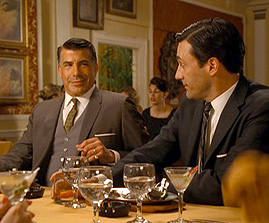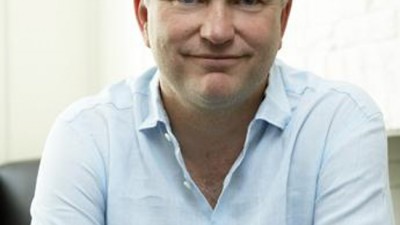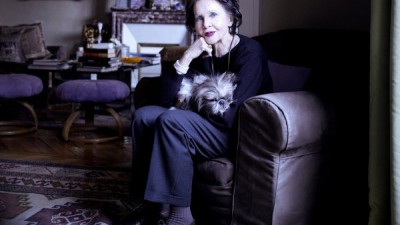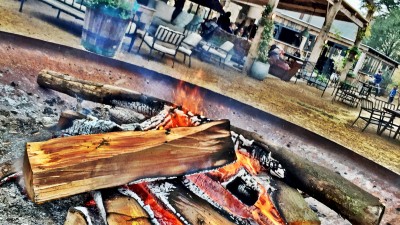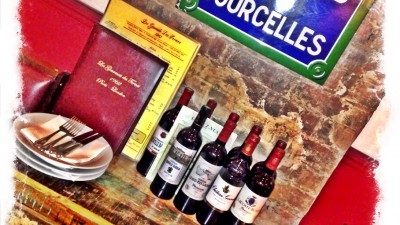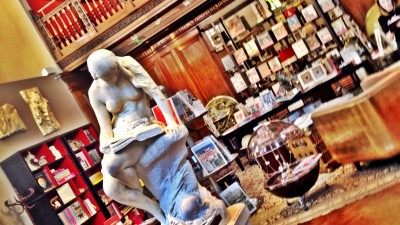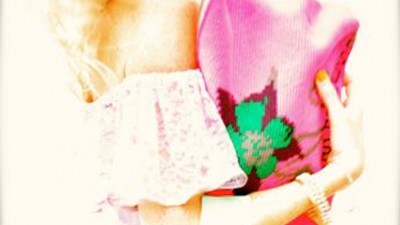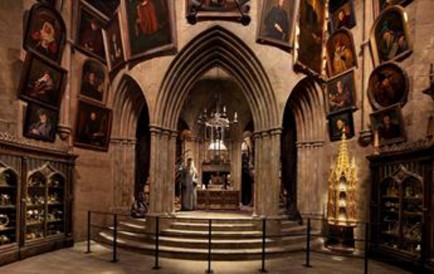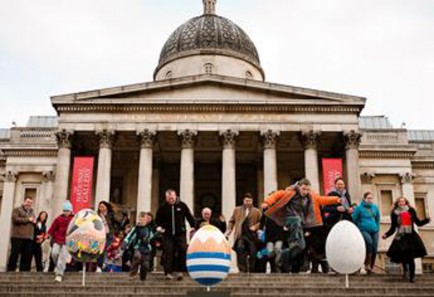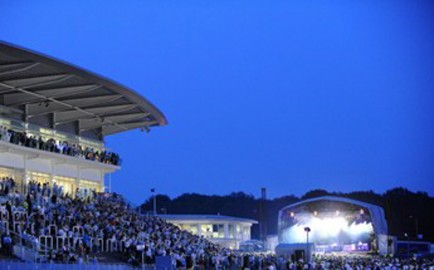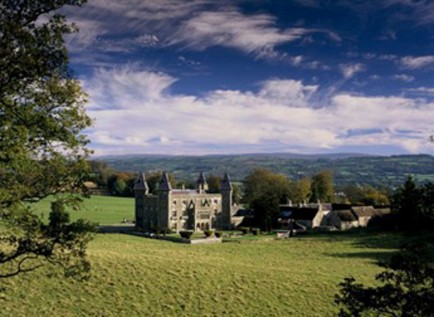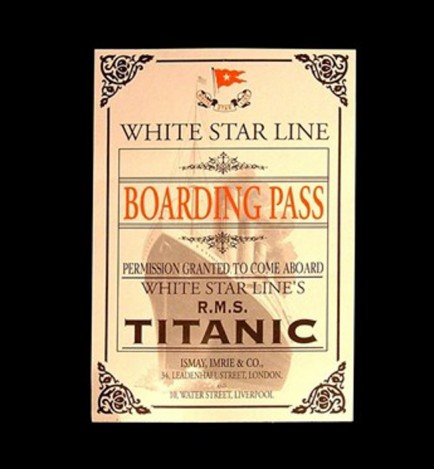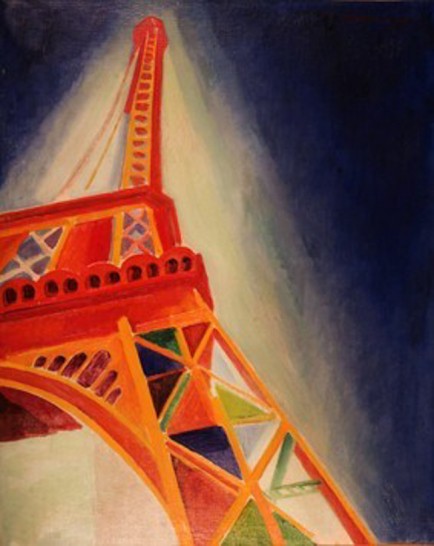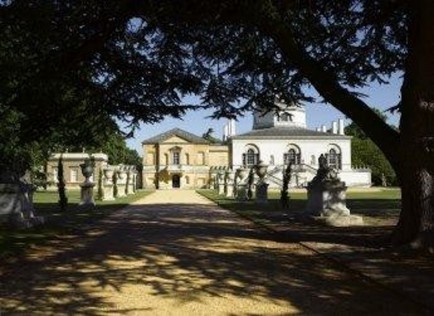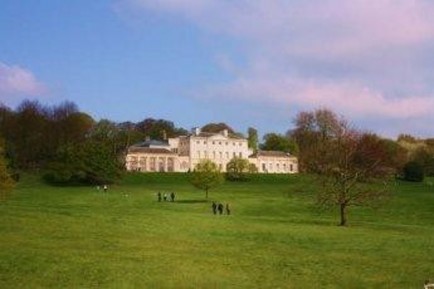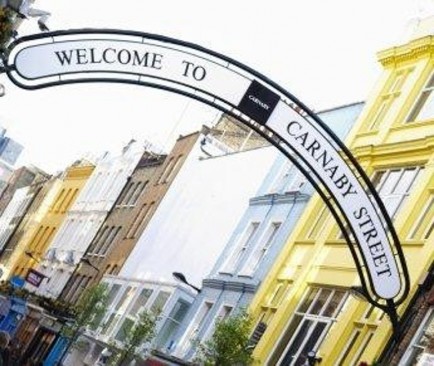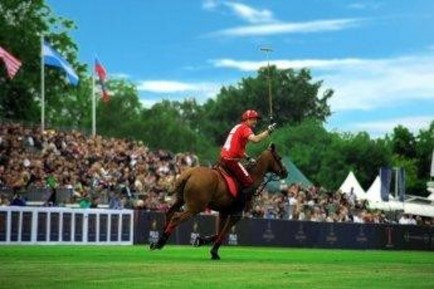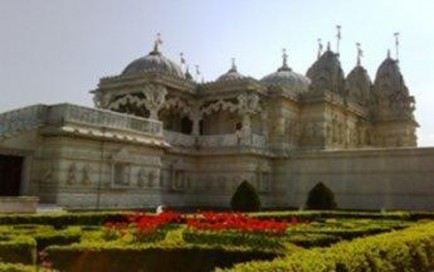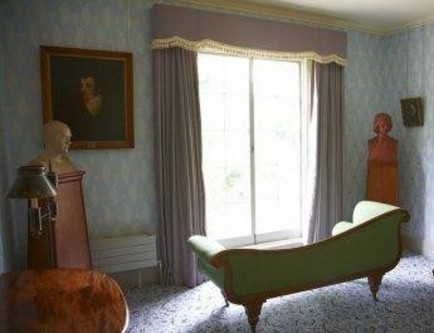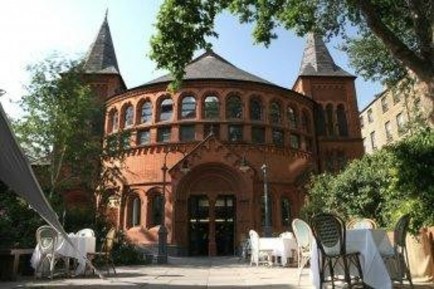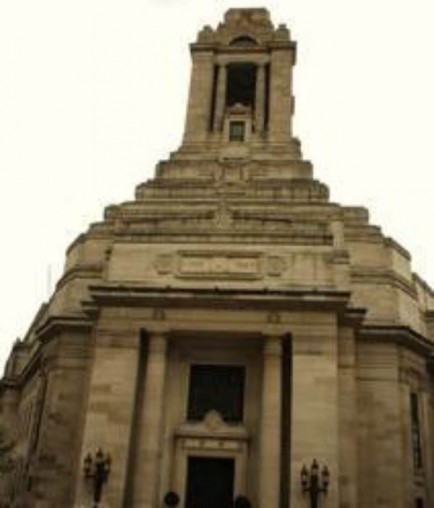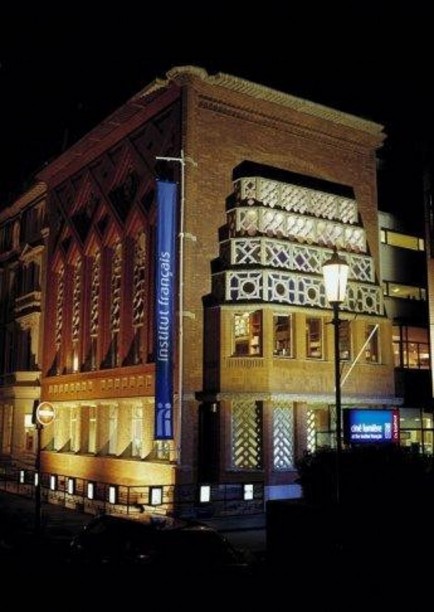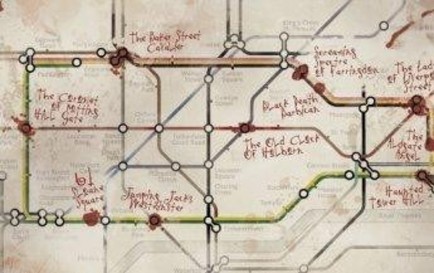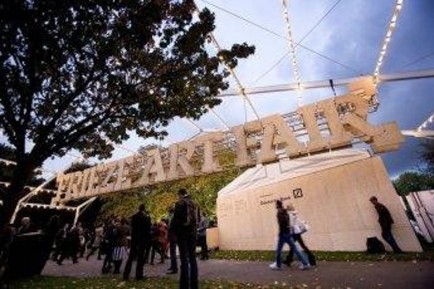Magical Outing: the Making of Harry Potter at the Warner Bros Studio
Wizards’ lovers, rejoice! The 31st of March will see the opening of The Making of Harry Potter at the Warner Bros London studios, where the biggest film series in history was made over ten years. For the first time, fans will get the chance to set foot on the actual sets from the movies, as well as discover all the original props and costumes. This unique attraction, which takes about three hours to complete, gives its visitors a “behind the scenes” look at the creative process of production. There’s even an opportunity to get one’s photo taken riding a broomstick, which promises to be particularly popular amongst the little ones- although very fun too for the grown-ups. Chic-Londres visited the studio ahead of its official opening, and reveals below some of the film’s “secrets” discovered during the tour.
The Great Hall The ceiling in the Great Hall -one of the most impressive of all sets on display-was inspired by the arched timber ceiling of Westminster Hall and created using visual effects. During production of the first film, the heat from the flames burnt through the wires and the floating candles fell onto the tables- the floating candles were created digitally afterwards.
The Dormitory Originally constructed for Harry Potter and the Philosopher’s Stone, the beds were much too small for the boys by the latter films, and the actors eventually had to curl up to keep their legs and feet from hanging over the ends during shooting.

